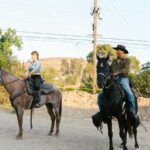The partnership between humans and horses stands as one of the most transformative relationships in our species’ development. From humble beginnings on the Eurasian steppes to the mechanized world of today, the domestication of horses fundamentally altered the trajectory of human civilization. This remarkable animal provided unprecedented mobility, revolutionized warfare, transformed agriculture, connected distant cultures, and reshaped our understanding of what was possible. The horse didn’t merely serve as a useful animal—it became a catalyst that accelerated human progress, expanded empires, facilitated trade networks, and influenced cultural developments across continents. As we explore this profound interspecies relationship, we’ll uncover how these majestic creatures helped humanity transition from isolated settlements to interconnected civilizations, leaving hoof prints across the pages of our shared history.
The Prehistoric Partnership: Early Horse Domestication

Archaeological evidence suggests that horses were first domesticated around 5,500 years ago in the Eurasian steppes, specifically in what is now Kazakhstan and Ukraine. The Botai culture provides some of the earliest confirmed evidence of horse domestication, with archaeological sites revealing bits, bridles, and residues of mare’s milk in pottery vessels. These early horse tamers likely began by hunting horses for meat before recognizing the greater potential in maintaining living herds for renewable resources like milk, hide, and eventually transportation. The transition from viewing horses as prey to partners occurred gradually, with genetic studies indicating multiple domestication events across different regions. This pivotal shift from hunting to husbandry laid the groundwork for one of history’s most consequential human-animal relationships, forever changing both species’ evolutionary trajectories.
Mobility Revolution: Shrinking Time and Distance

The domestication of horses dramatically transformed human mobility, effectively shrinking distances between settlements and expanding the known world. Before horse domestication, humans traveled primarily on foot, limiting daily journeys to 20-30 kilometers at most—with horses, this distance could easily double or triple. This newfound mobility allowed nomadic cultures to manage larger territories, move seasonally with greater efficiency, and maintain connections across vast geographic spans. Messenger systems like the Persian Royal Road or the later Pony Express could transmit information at unprecedented speeds, with riders covering in days what would have taken weeks on foot. The horse essentially became humanity’s first transportation revolution, predating mechanical transportation by thousands of years. For ordinary people, the psychological effect was equally profound—previously insurmountable distances became manageable, expanding mental horizons and possibilities for human activity.
Economic Transformations: Trade Networks and Market Expansion

Horses fundamentally altered economic systems by facilitating expanded trade networks that connected previously isolated communities. Pack horses could carry significantly more goods than human porters, while horse-drawn wagons revolutionized bulk transport capabilities across challenging terrain. The establishment of horse-based caravan routes like the Silk Road created unprecedented opportunities for economic exchange, allowing luxury goods, technologies, and ideas to travel thousands of kilometers. Specialized breeding of horses for different purposes—draft horses for heavy loads, lighter horses for speed—created new industries and occupational specializations. The economic impact extended beyond transportation itself; horse tack, feed production, stable construction, and veterinary care became substantial economic sectors in their own right. Markets previously limited by transportation constraints could now connect across vast regions, allowing for economic specialization and the emergence of more complex market systems that would have been impossible without equine assistance.
Military Revolution: The Horse as a Weapon of War
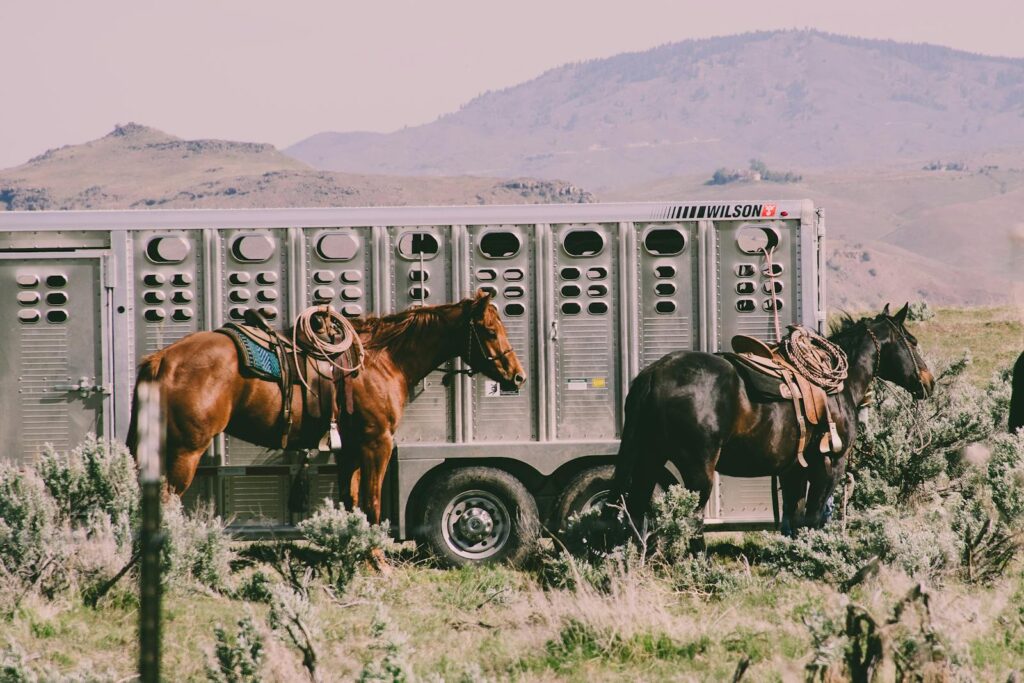
Perhaps no aspect of civilization was more dramatically transformed by horses than warfare, where mounted combat created military advantages that reshaped geopolitical realities. The chariot, first appearing around 2000 BCE, represented the initial military application of horse power, providing platforms for archers and javelin throwers to strike with deadly mobility. By the first millennium BCE, true cavalry emerged as riders learned to control horses with their legs while wielding weapons, creating fighting forces with unprecedented speed and shock value. Nomadic horse cultures like the Scythians, Huns, and later Mongols developed mounted archery to devastating effect, allowing numerically inferior forces to dominate settled agricultural civilizations across Eurasia. The psychological impact of cavalry charges—tons of thundering horse flesh bearing down on infantry—could break formations before physical contact even occurred. Military necessity drove continuous innovation in horse breeding, tack design, and riding techniques, leading to specialized war horses like the medieval destrier that could carry armored knights into battle.
Agricultural Advancement: Horse Power on the Farm
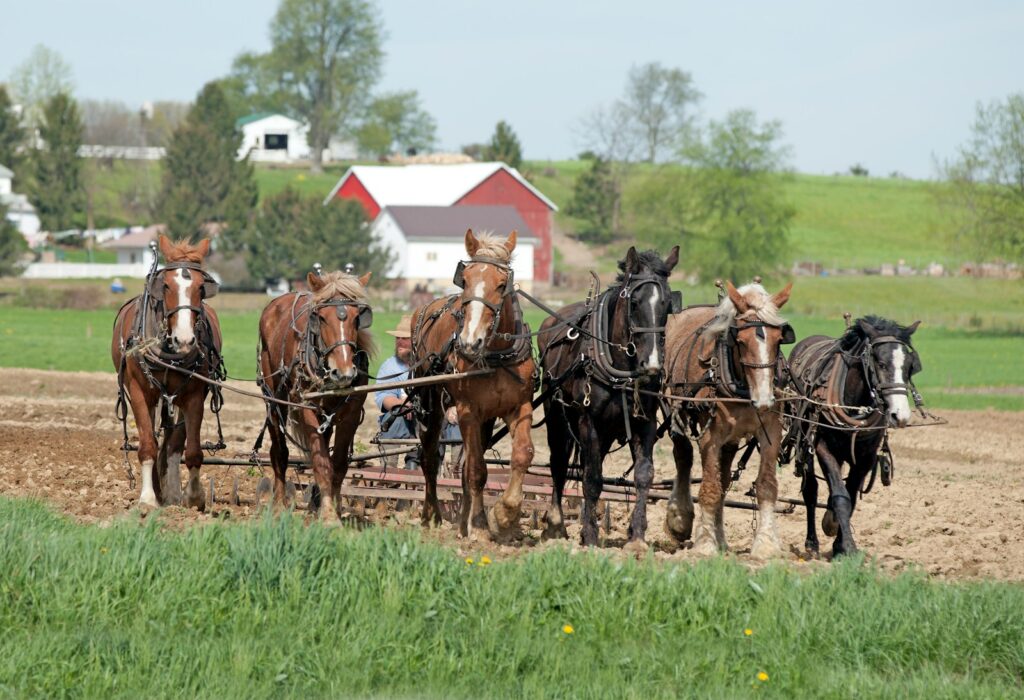
The introduction of horses to agriculture dramatically increased productivity and transformed farming practices across numerous civilizations. While oxen had been the traditional draft animals for plowing, horses worked faster and with greater endurance, allowing farmers to cultivate larger areas in less time. The invention and refinement of horse collars in medieval Europe—which distributed weight across the chest rather than the throat—unlocked the full potential of equine pulling power without choking the animal. Horse-powered mechanical innovations like seed drills, reapers, and threshers multiplied human agricultural output, helping to support growing populations and urban development. Beyond field work, horses powered grain mills, pumped water, and transported agricultural products to markets, integrating rural production with wider economic networks. This agricultural revolution created food surpluses that supported non-agricultural specialists like craftspeople, scholars, and administrators—fundamental components of complex civilizations.
Empire Building: Horses and Political Power
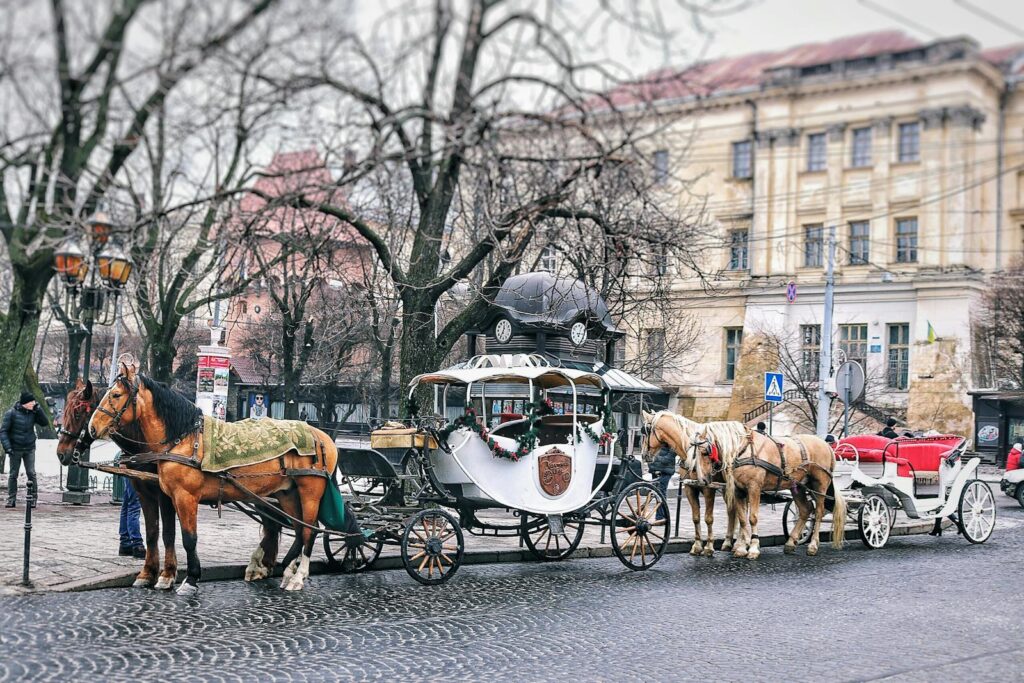
Horses proved instrumental in the creation and maintenance of history’s greatest empires, providing the mobility necessary to control vast territories. The Persian Empire under Darius I maintained control over its massive territory through the Royal Road system, where mounted couriers could carry messages from Susa to Sardis—approximately 1,600 miles—in just seven days. The Mongol Empire, the largest contiguous land empire in history, was fundamentally a creation of horse culture, with Genghis Khan’s armies capable of covering 100 miles per day during campaigns. Roman, Chinese, and later European colonial empires all relied heavily on equestrian forces for rapid response to rebellions and frontier threats. Administrative control benefited equally from equine mobility, allowing tax collection, law enforcement, and imperial communication across distances that would have been ungovernable on foot. The horse, in many ways, determined the maximum effective size of pre-industrial empires, with the limits of equine endurance and feeding requirements establishing the practical boundaries of centralized political control.
Cultural Transformations: Horses in Human Identity

Beyond practical applications, horses profoundly influenced human culture, becoming powerful symbols embedded in mythology, art, literature, and social hierarchies across civilizations. From the Paleolithic cave paintings at Lascaux to the bronze horses of San Marco in Venice, equine imagery has occupied a central place in artistic expression throughout human history. Social stratification often centered around horse ownership, with mounted aristocracies emerging in societies from medieval Europe to feudal Japan, where samurai identity was inseparable from horsemanship. Religious and mythological systems incorporated horses in significant ways—from Sleipnir, Odin’s eight-legged steed in Norse mythology, to the sun-pulling horses of Helios in Greek tradition, to the apocalyptic horses of Revelation in Christian eschatology. Literary traditions from The Iliad to Don Quixote feature horses as essential elements, while modern cultural expressions continue this tradition through westerns, racing narratives, and children’s stories. This cultural saturation reflects how thoroughly the horse transformed human self-conception, becoming an extension of human identity itself.
Transportation Revolution: Carriages, Stagecoaches, and Urban Systems
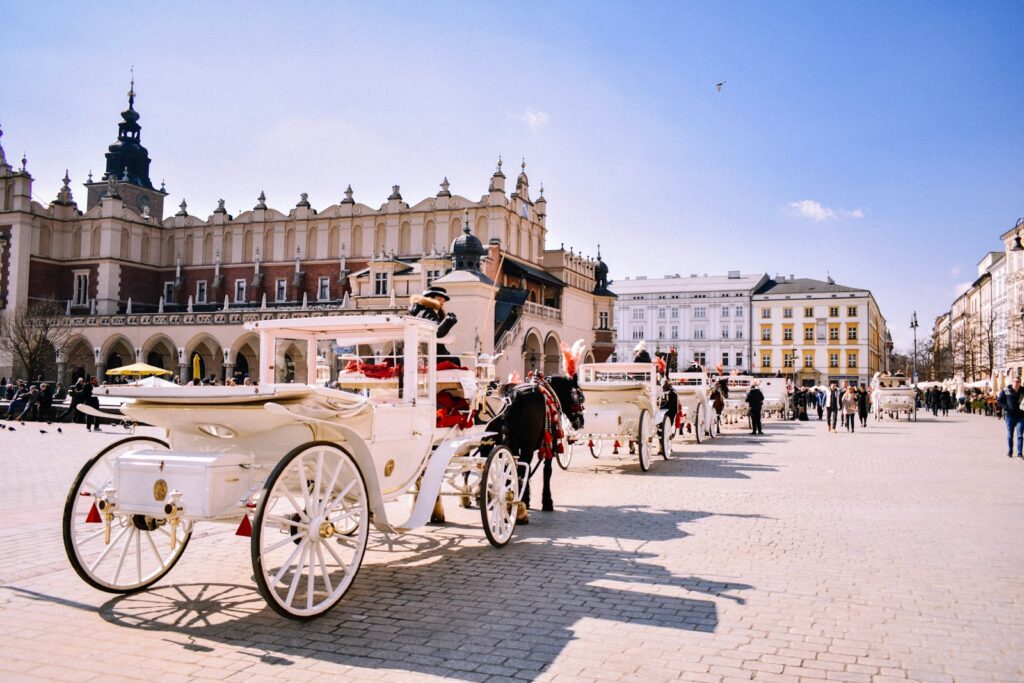
The development of horse-drawn vehicles revolutionized both personal mobility and public transportation systems, creating networks that defined pre-industrial urban development. The innovation of the suspended carriage in the 16th-17th centuries significantly improved comfort for passengers, making longer journeys practical and leading to regular stagecoach services that connected cities with scheduled departures. Urban transportation systems like hackney carriages, omnibuses, and horsecars (horses pulling carriages on rails) became the first public transit networks, shaping urban growth patterns and commuting possibilities. The needs of urban horse transportation influenced city planning, requiring stable facilities, watering troughs, wide streets for turning radius, and systems for dealing with massive amounts of manure—New York City alone had over 150,000 horses in the 1880s, each producing 15-35 pounds of manure daily. These horse-based transportation systems reached their peak sophistication just before being replaced by automobiles, with complex scheduling, standardized fares, and interconnected routes that foreshadowed modern transit networks.
Knowledge Transfer: The Horse as Information Carrier
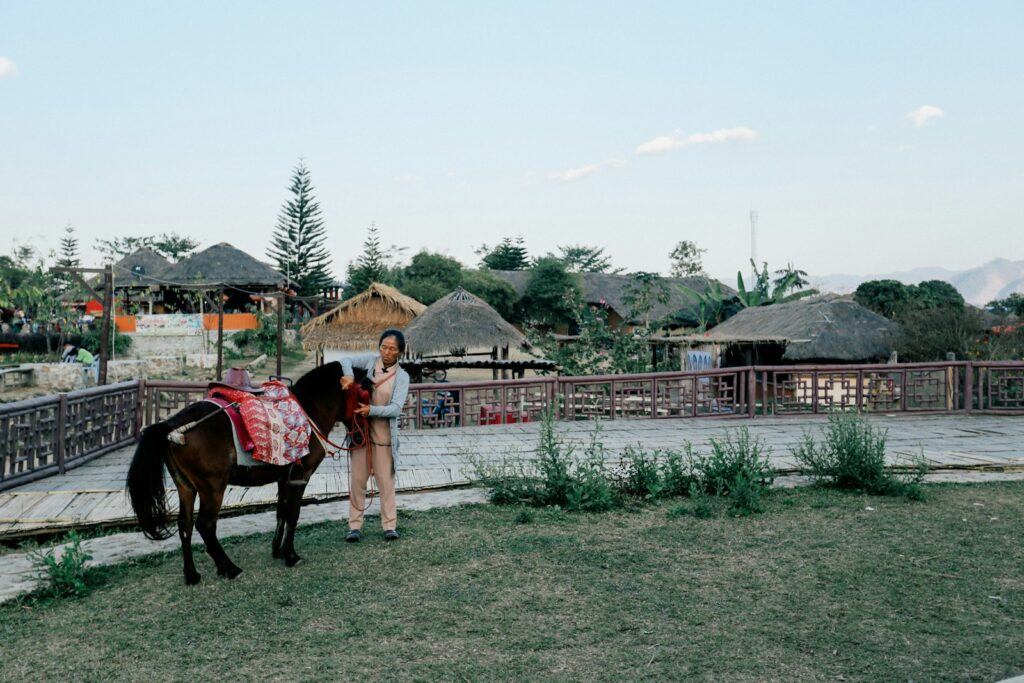
Horses dramatically accelerated the spread of knowledge, technologies, languages, and ideas across civilizations by enabling human mobility and communication systems. Postal services based on horseback riders, like the Roman cursus publicus or the Mongol yam system with its relay stations, could transmit information across thousands of miles at unprecedented speeds. Scientific advancements, philosophical ideas, and religious concepts traveled along trade routes enabled by horse transportation, facilitating cultural exchange and intellectual cross-pollination. Universities in medieval Europe drew students from across the continent who traveled on horseback to educational centers, creating networks of knowledge that transcended local boundaries. Horse-enabled exploration expeditions brought back geographic knowledge that transformed cartography and world understanding, while missionaries on horseback spread religious traditions far beyond their places of origin. This acceleration of information exchange helped overcome the intellectual isolation of local communities, contributing to comparative thinking and the cumulative growth of human knowledge across previously separate civilizational spheres.
Societal Stratification: Horses and Social Class

Horses became powerful markers of social status and contributed to class formation across diverse civilizations, creating distinct social hierarchies based on equine ownership and riding skills. In many societies, horse ownership required substantial resources for purchase, feed, equipment, and care, naturally restricting it to wealthier segments of society. Medieval European knighthood exemplified this connection, where the mounted warrior class formed the backbone of aristocracy, with elaborate codes of chivalry developing around equestrian identity. The Roman equites (knights) originally defined their social class specifically by horse ownership and cavalry service. Gender dynamics were also influenced by horsemanship, with riding becoming an essential aristocratic accomplishment for both men and women, though often with different expectations and equipment—the side-saddle for women reflecting and reinforcing gender norms. Even in nominally egalitarian societies like the American frontier, the quality of one’s horse often served as a visible indicator of prosperity and status, demonstrating how thoroughly horses had become woven into social differentiation.
Technological Innovation: The Horse as Engineering Catalyst

The integration of horses into human civilization drove continuous technological innovation across multiple fields, from metallurgy to mechanical engineering. The need for effective bits and bridles stimulated metalworking advances, while saddle evolution represented sophisticated biomechanical engineering to distribute weight and maximize comfort for both horse and rider. Horseshoes, which appeared around the 6th-9th centuries CE in various forms, required specialized blacksmithing techniques and protected horses’ hooves on hard or rocky terrain, extending their working life and capabilities. The development of effective harnesses—particularly the breast-strap and later collar harnesses that replaced the throat-and-girth harness—dramatically increased pulling efficiency and represented significant engineering achievements. Horse-powered mechanical systems like whims for mining, gins for cotton processing, and capstans for loading ships drove industrial development before steam power. Many early industrial revolution innovations were initially powered by horses—the original “horsepower” measurement developed by James Watt specifically compared steam engine output to horses’ work capacity, demonstrating how equine capabilities framed human understanding of mechanical power.
Biological Exchange: Horses and Environmental Impact

The spread of domesticated horses had significant environmental and biological consequences, reshaping ecosystems and contributing to both intentional and unintentional biological exchanges. The reintroduction of horses to the Americas by Spanish conquistadors in the 16th century—where native horses had gone extinct approximately 10,000 years earlier—triggered profound ecological and cultural changes as Indigenous peoples incorporated horses into their societies. Large-scale horse breeding altered landscapes through grazing patterns, with dedicated pastureland requirements influencing agricultural decisions and land use policies. Horses facilitated the spread of non-native plant species, with seeds traveling in horse digestive tracts or attached to coats and tack as riders moved across territories. Diseases could also travel with horses and their human companions, accelerating pathogen exchange between previously isolated populations. As working animals in cities, horses created significant environmental challenges through manure production—the “great manure crisis” of the late 19th century represented an early urban environmental crisis, with major cities struggling to manage tons of daily waste before automotive transportation provided an alternative.
Legacy and Transition: From Horse Power to Horsepower

The transition from literal horse power to mechanical horsepower represents one of history’s most significant technological inflection points, though horses remained essential much longer than commonly recognized. Though steam engines began replacing horses for some applications in the late 18th century, horses actually reached their peak population in the early 20th century, with urban delivery, agricultural work, and military applications continuing alongside early automobiles. World War I represented the last major horse-powered conflict, with over eight million horses dying in military service despite the war’s mechanized reputation. The automotive transition occurred unevenly across regions—while wealthy urban centers might replace horse transportation by the 1920s, rural areas often relied on horses well into the mid-20th century. This prolonged transition created a fascinating period of coexistence, with horse-drawn vehicles sharing roads with early automobiles, each with distinct advantages in different contexts. Though mechanization eventually displaced horses from most working roles, our language, measurement systems, road widths, and even modern vehicle design retain the influence of our long partnership with horses—demonstrating how thoroughly this magnificent animal shaped the modern world we inhabit today.
Conclusion
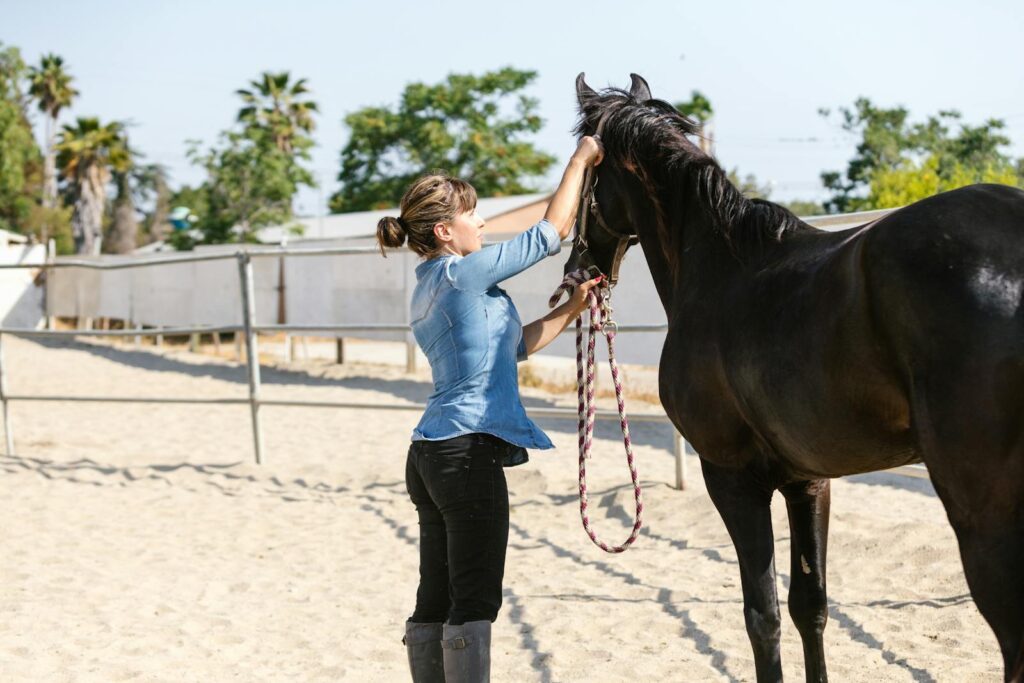
The domestication of horses represents one of humanity’s most consequential partnerships with another species—a relationship that fundamentally accelerated and redirected the development of civilization. From the earliest riders on the Eurasian steppes to the final transition to mechanical power, horses expanded human capabilities, connected distant cultures, facilitated technological innovation, and became deeply embedded in our cultural identity. While most horses have transitioned from working animals to companions in contemporary society, their historical impact remains encoded in everything from our languages to our transportation infrastructure. The story of horses and humans reminds us that civilization’s development wasn’t solely a human achievement but rather an interspecies collaboration—one that carried us forward at a gallop through thousands of years of shared history. As we continue into an increasingly technological future, the transformative legacy of our partnership with horses offers valuable perspective on how profoundly non-human species have shaped the human story.




